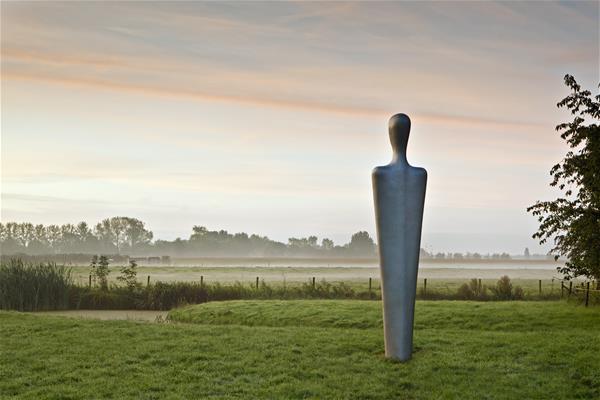Changing to a more sustainable or more social organization means changing existing patterns. And to be able to do so, you need to address three challenges: giving meaning to what you want to do, learning how to do it, and creating space to eliminate resistance. This is according to research conducted by Irene Jonkers, who is receiving her PhD at Nyenrode Business University today. 'If you understand the three challenges, the process becomes more manageable and also more fun,' Jonkers said.
Our society faces ecological and social challenges that require changing the way we do things. For many organizations, it is difficult to break existing patterns and bring about a change in employee behavior. Particularly within government agencies, it’s assumed that "public servants cannot be creative; after all, they have to implement existing rules and are stuck working with an inflexible structure.” In her research, Jonkers analyzed a project at the Municipality of Haarlem and showed that breaking through existing structures and ways of working is difficult, but not impossible.
Three challenges
Jonkers: "You have to do three things simultaneously, and when you see that, you can navigate the change process with playfulness. The first is about giving meaning to what you want to do. This is about defining an often still abstract vision into everyday work. How will this be really different from what we were already doing? And how does it relate to other things that take place within the organization? By understanding what you want to do, you can also explain it better to others. It is also important to figure out how you do it. For example, who is responsible for what and how do we work on together? Finally, you need to create space to legitimate the change you made: this is crucial to get the new ways of doing things widely accepted. If people question whether what you are doing is appropriate, you will continue to face resistance. In this case, small interventions can help. For example, when someone says, ‘No, you can't do that,’ you ask: ‘Why not?’ and start a conversation.”
Municipality of Haarlem
The research data came from a project at the Municipality of Haarlem. The project aimed to give citizens more control over their own environment. This called for a different way of working in which public servants would, among other things, assist in realizing citizens' initiatives. In doing so, public servants had to take on a more facilitating role and deliver custom work, because every citizens' initiative is unique. This new role of citizens made it necessary for the municipal organization to change. And this meant a huge change for public servants: changing from someone who implemented municipal policy, to becoming a (co)shaping cooperation partner.
Small interventions
Jonkers: “You can learn to reflect on the way you work to bring about change. You have to constantly ask yourself: What is happening here and now? How did we do it before? Where do we want to go? And how can I help the development of ‘the new’ move a step forward in this situation? This takes guts because people by nature likes to deny or eliminate tensions. But it is precisely by exploring these further, together, that it is possible to create room for change. In addition, relational skills are crucial. You can shout all you want that something must change, but if you look from the three perspectives mentioned above and look for feasible steps in the here and now (and thus focus more on the relationship), you will get much further in the change process. It remains a dynamic process that cannot be strictly controlled, but with small interventions you can steer the process in the desired direction.

